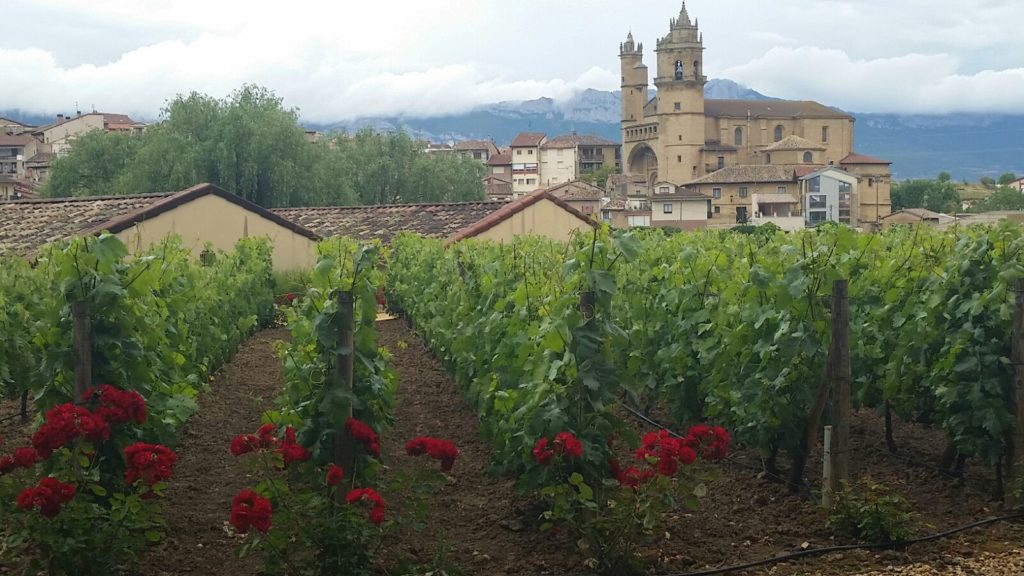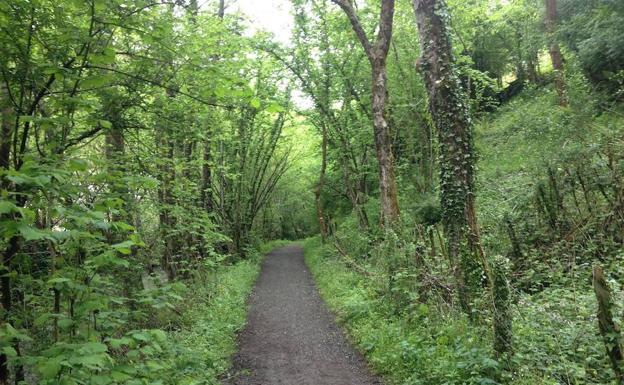DISCOVER THE IGNATIAN WAY
How many pilgrimage routes, beyond Santiago, do you know in Spain? Today we present you a very good alternative to the popular and magnificent Camino de Santiago: The Ignatian Way.
What is the Ignatian Way?
The Ignatian Way is the route that Ignatius of Loyola made through the peninsula on his pilgrimage to the Holy Land. Starting from Loyola, his goal was to reach Montserrat in Barcelona. This road, coincidentally, coincides in some sections with the road to Santiago, but in reverse. That is why Ignatius of Loyola, when he walked it in 1522, met hundreds of pilgrims leaving Barcelona on their way to Santiago.
At present, it has 27 stages that cross the Basque Country, La Rioja, Navarra, Aragon and Catalonia until reaching Montserrat. As in the Camino de Santiago, the entire route is perfectly signposted and has all the necessary infrastructures and facilities.
But who was Ignatius of Loyola?
He was the founder of the Society of Jesus. His first dedication was to arms, following the family tradition. But, after being wounded in the defense of Pamplona against the French, he completely changed his orientation. He retired to do penance and prayer in Monserrat, where he began to elaborate his spiritual exercises.
The importance of Meditation

The most important legacy of St. Ignatius of Loyola is his spiritual exercises, a series of vocal and mental prayers that helped him to get rid of temptations and useless thoughts and to work on the health of his soul.
Many experts propose to follow these exercises and, stage after stage, prayer after prayer, to carry out a process of personal growth.
The main objective, according to the saint, is “To overcome oneself and order one’s life, without being determined by any affection that is disordered.”
Disconnecting from daily life is one of the main challenges. In the last two stages of the Ignatian Way we can find ideal spaces for interior recollection: infinite landscapes, narrow paths, evocative images, small churches and hermitages.
At the end of the journey, spaces such as the Santa Cova de Manresa can bring personal satisfaction and gratitude, since they offer workshops and different proposals for spiritual formation.
Remember that 2021 is a Holy Year and we can organize your Camino according to your needs. In addition, you have the maximum flexibility of cancellation

¡Buen Camino!
